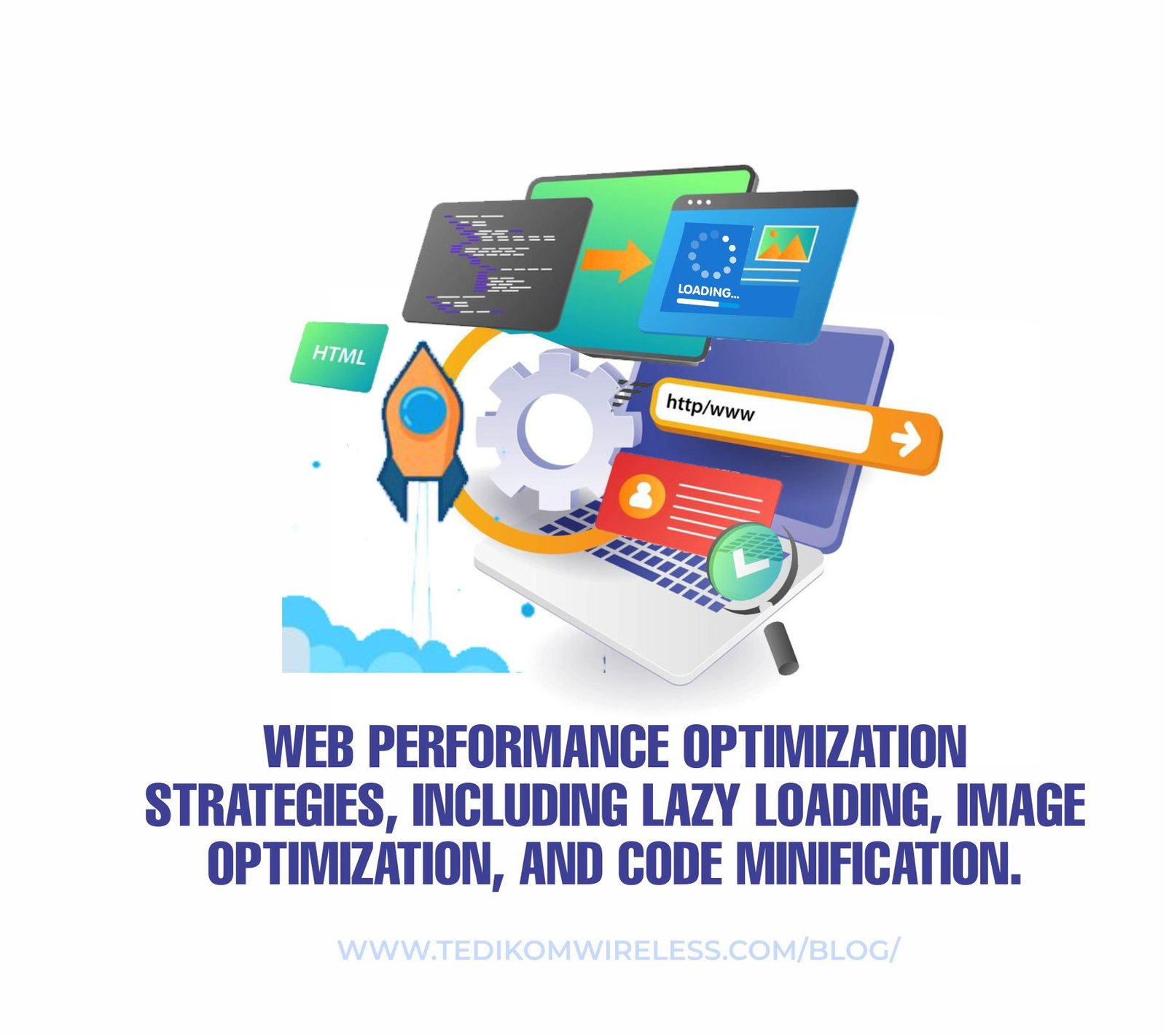AZG News Hub
Your go-to source for the latest news and informative articles.
Speeding Up the Web: The Need for Digital Caffeine
Boost your online experience! Discover how digital caffeine can supercharge web speed and keep users coming back for more.
Why Speed Matters: The Impact of Website Performance on User Experience
In the digital age, website performance has become a critical component of user experience. Studies show that users expect a webpage to load in three seconds or less, and if it takes longer, they are likely to abandon the site. This behavior is supported by a report from Google, which highlights that a one-second delay in mobile load times can reduce conversions by up to 20% . Moreover, slow loading times can tarnish a brand's reputation, as users associate speed with professionalism and reliability. Thus, ensuring optimal website performance is essential for retaining visitors and maintaining a strong online presence.
Beyond user expectations, website speed also plays a significant role in search engine optimization (SEO). Search engines like Google prioritize fast-loading websites in their rankings, recognizing the need to deliver quality content quickly to users. According to Google's Web Vitals, key performance indicators such as First Contentful Paint and Time to Interactive are crucial for assessing a site's performance. Therefore, investing in website speed not only enhances user satisfaction but also improves visibility and ranking on search engine results pages (SERPs), ultimately driving more traffic to your site.

Boosting Your Website's Speed: Essential Techniques and Tools
Website speed is a critical factor in both user experience and search engine optimization. A faster website can significantly reduce bounce rates and increase user engagement. To boost your website's speed, consider implementing caching techniques, which store copies of your web pages to reduce loading times. Popular caching plugins like WP Super Cache and W3 Total Cache are excellent tools to help you achieve this. Additionally, optimizing your images can lead to substantial improvements; using tools like TinyPNG can compress images without sacrificing quality.
Another essential technique is to leverage a content delivery network (CDN). A CDN stores copies of your site's content across various geographically distributed servers, ensuring that users load data from the server closest to them, which speeds up the loading time. Services like Cloudflare and Akamai offer robust CDN solutions. Finally, make sure to periodically evaluate your website's speed using tools like Google PageSpeed Insights to identify additional areas for improvement.
Is Your Website Running on Empty? How to Fuel Your Site for Better Performance
Is your website running on empty? It might be struggling to deliver optimal performance due to various factors like slow loading speeds, poor hosting, or unoptimized content. To ensure your website is functioning at its best, start by evaluating its current performance using tools like Google's PageSpeed Insights or GTmetrix. These tools not only provide a performance score but also actionable recommendations to improve your site’s speed. Remember, loading speed significantly affects user experience and SEO rankings.
Once you've identified the issues, it’s time to fuel your site for better performance. Consider implementing the following strategies:
- Optimize Images: Ensure your images are appropriately sized and compressed. Use formats like JPEG or WebP for faster loading times.
- Leverage Browser Caching: This allows your website to store certain data locally in the user's browser, leading to reduced load times on subsequent visits.
- Minimize HTTP Requests: Combine CSS and JavaScript files where possible to reduce the number of requests required to load your page.